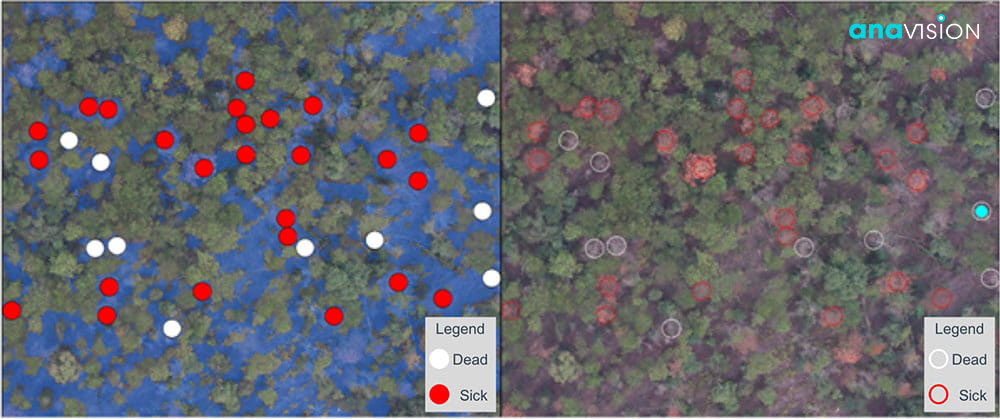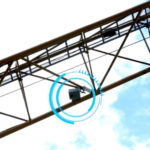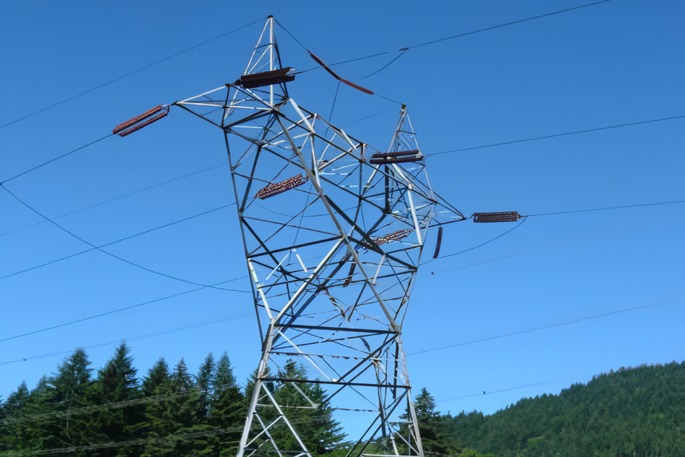Tree species diversity is an important aspect in the study of forest ecosystems. Sustainable management of the natural environment requires high-quality spatial information, including detailed tree species classification and distribution, and tree health. However, tree species classification has always been a challenging issue – terrestrial survey is time-consuming and is not able to provide near-term information on large scale area and is often at a high-cost.
Deep Learning-Based Tree Species Classification
In recent years, unmanned aerial vehicles (UAV) have been expected to be an easy-to-use and cost-effective tool for remote sensing of forests. Anavision aims to classify tree species based on high-resolution RGB and multispectral images of tree canopies captured by UAVs. Deep learning, a cutting-edge technology evolved from Artificial Intelligence, is proved to outperform on image classification.
With the help of computer vision technology, we have developed a deep learning-based detection model to identify and count different kinds of tree species. Meanwhile, canopy size can be measured for further analysis. AI model is being trained once data is captured and processed. Continuous improvement will be made after more data is collected.


In addition, making use of multispectral camera, we are able to detect and identify unhealthy or dead trees for better risk management and trend prediction.

Want to Learn More?
Check out our Drone solutions for Country Park and Natural Forest today.










